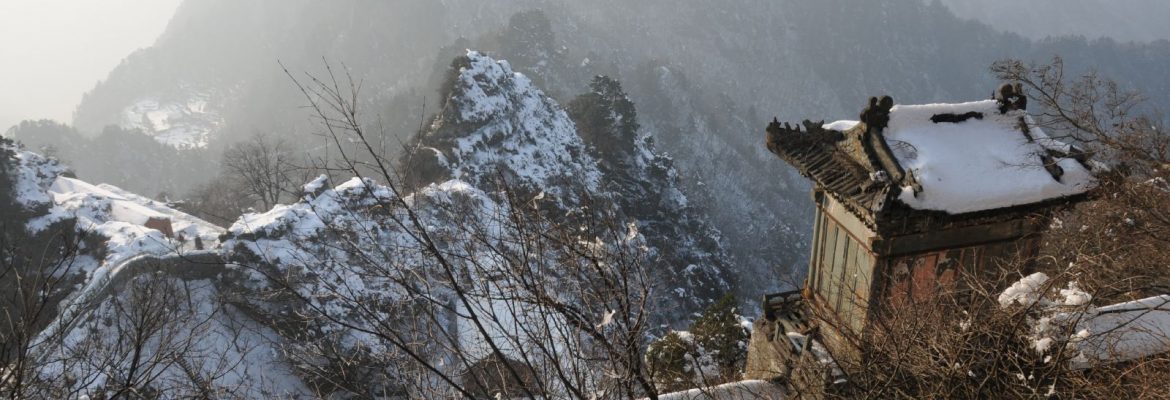Wudang Mountain, UNESCO Site, Danjiangkou, Shiyan, China
A small mountain range in the northwestern part of Hubei, China, just south of Shiyan. They are home to a famous complex of Taoist temples and monasteries associated with the god Xuan Wu.
The Wudang Mountains are renowned for the practice of Taichi and Taoism as the Taoist counterpart to the Shaolin Monastery, which is affiliated with Chinese Chán Buddhism. For centuries, the mountains of Wudang have been known as an important center of Taoism, especially famous for its Taoist versions of martial arts or Taichi.
The first site of worship—the Five Dragons Temple—was constructed at the behest of Emperor Taizong of Tang. Further structures were added during the Song and Yuan dynasties, while the largest complex on the mountain was built during the Ming dynasty as the Yongle Emperor claimed to enjoy the protection of the god Beidi or Xuan Wu. Temples regularly had to be rebuilt, and not all survived; the oldest extant structures are the Golden Hall and the Ancient Bronze Shrine, made in 1307.
Other noted structures include Nanyang Palace, the stonewalled Forbidden City at the peak (built in 1419), and the Purple Cloud Temple. The monasteries such as the Wudang Garden were made a UNESCO World Heritage Site in 1994.
Epic China Culture & Adventure Route © Monika Newbound


